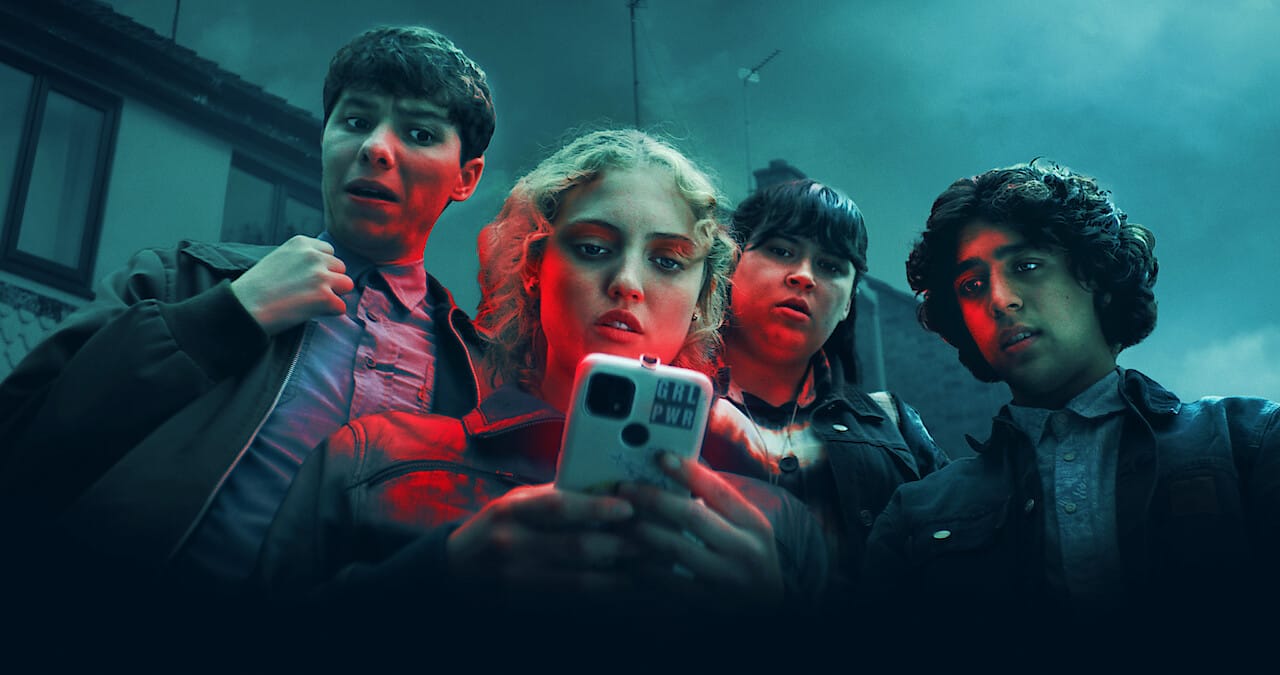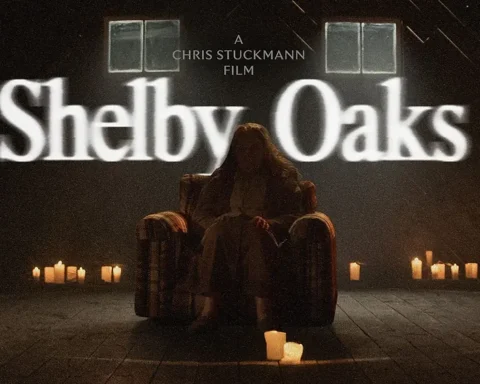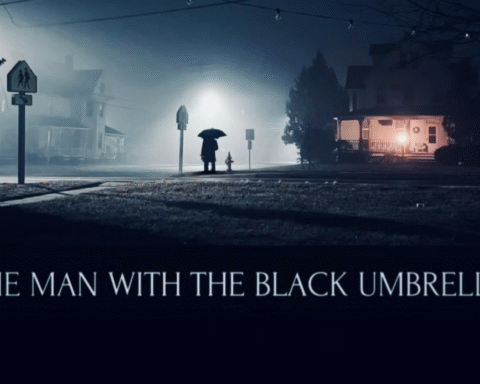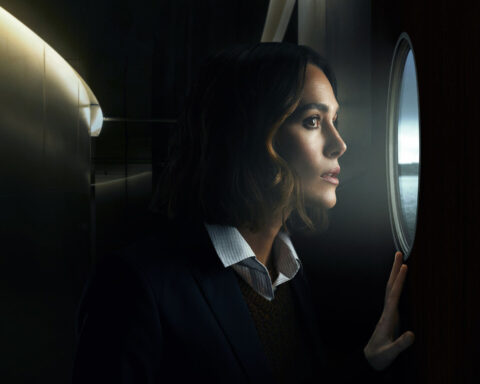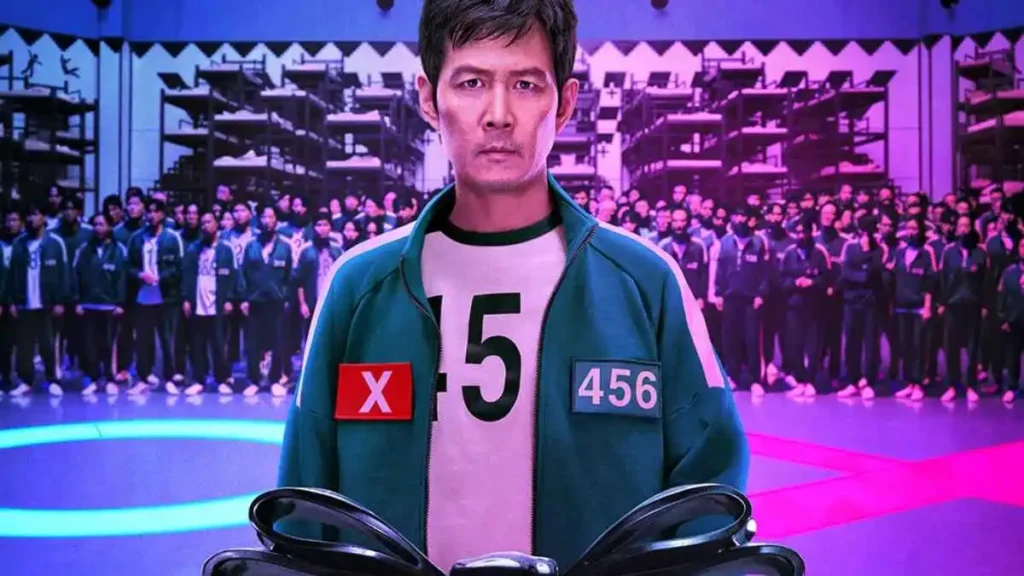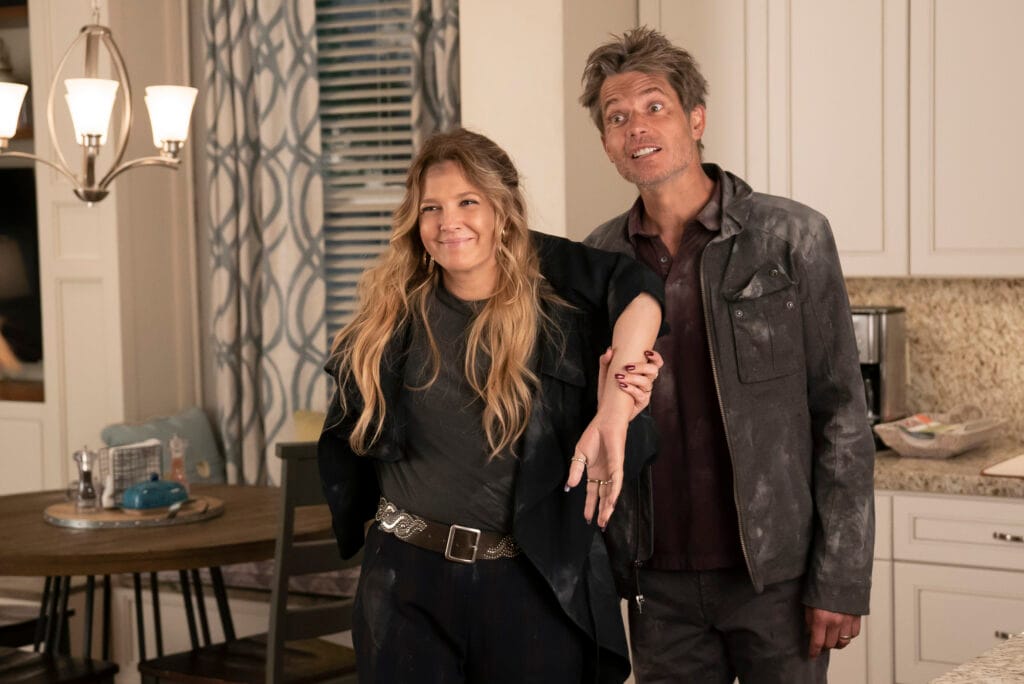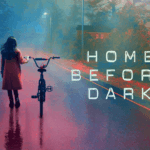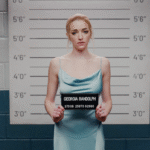The BBC Three drama Red Rose has emerged as a gripping blend of teen drama, social critique, and digital horror. Created by Michael and Paul Clarkson, the show places its unsettling narrative in Bolton, a northern English town rife with real-world challenges. Against this backdrop, the story unfolds, following a group of school leavers who face not just the familiar uncertainties of adolescence, but the sinister influence of a haunted app.
A Summer of Fear and Frenzy
The series begins with Rochelle (played by the talented Isis Hainsworth) and her friends celebrating the end of their GCSEs. For these teens, the summer promises freedom, rebellion, and a break from the relentless grind of school life. Yet, Red Rose quickly subverts expectations. Amid the humor of poorly conjugated French (“J’ai voudrais un vodka”) and the anticipation of carefree partying, the show’s foreboding undertone emerges.
Rochelle’s struggles are immediate and deeply personal. Her fractured family life, economic hardship, and the recent loss of her mother weigh heavily on her. These challenges make her an easy target for the Red Rose app, which preys on vulnerabilities with chilling precision. The app is introduced innocuously, popping up on Rochelle’s phone with a seemingly harmless invitation to download. But its true nature is far from benign.
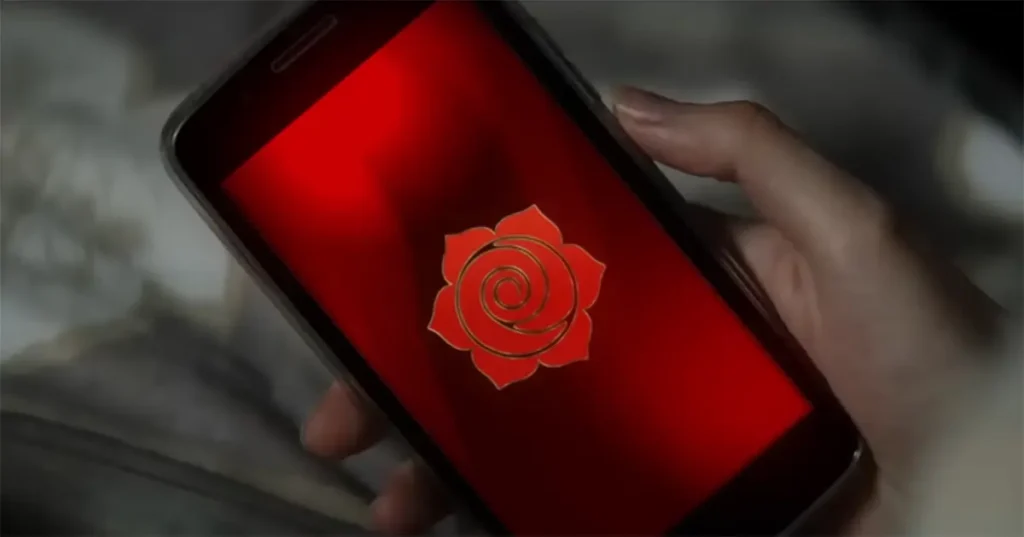
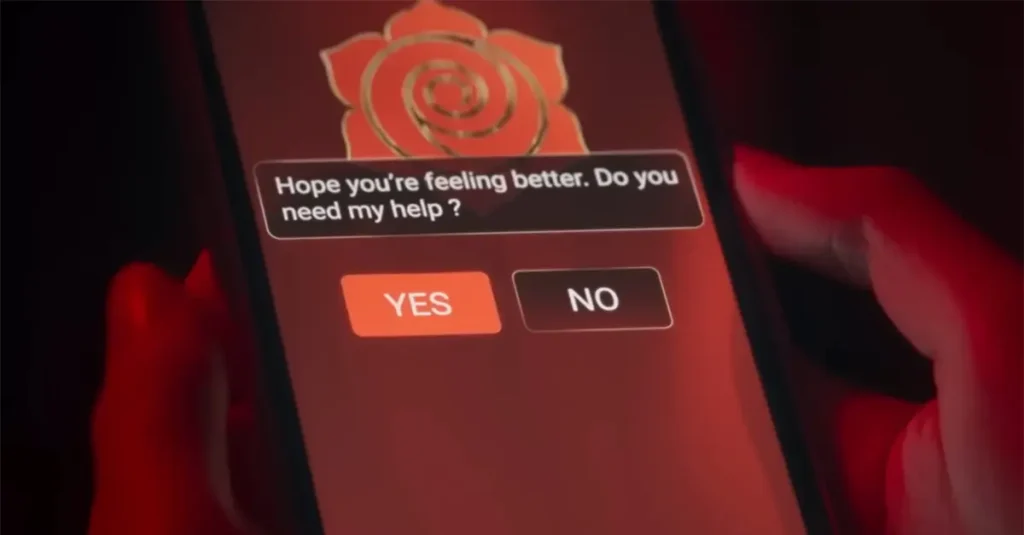
The App That Knows Too Much
The titular Red Rose app is the driving force of the series, an enigmatic and malevolent presence that blends psychological manipulation with supernatural overtones. What begins as an almost helpful digital companion soon turns into a tormentor, issuing increasingly invasive and dangerous demands. The app forces Rochelle to kiss her friend Wren’s boyfriend, Noah, at a party under the threat of exposing her struggles with poverty—an act that not only jeopardizes her friendships but also intensifies her feelings of isolation.
Yet, the app’s power isn’t limited to coercion. It blurs the line between reality and illusion, haunting Rochelle with images of her deceased mother and altering text messages to sow discord. In one of the most harrowing moments of the opening episode, Rochelle sees footage of the two young twins she’s supposed to be babysitting. They appear frightened and abandoned, with a shadowy figure looming over them—a figure revealed to be her zombie-like mother. This scene encapsulates the show’s genius: merging personal grief with technological horror to create a truly unsettling experience.

A Stark Social Commentary
What sets Red Rose apart from other tech-horror tales, such as Black Mirror, is its grounding in social reality. Bolton’s working-class struggles are more than just set dressing; they’re intrinsic to the characters’ lives. Rochelle’s financial difficulties, exemplified by her inability to top up her electricity meter, make her reliance on the app’s seemingly benevolent gestures all the more understandable—and tragic. The app provides her with a £100 credit and a new party dress, but these “gifts” come with a steep price, underlining the predatory nature of such interventions.
The series also tackles the fragility of teenage friendships. Rochelle and Wren’s bond, initially portrayed as strong and supportive, is tested by the app’s manipulations. Red Rose exploits insecurities and misunderstandings, demonstrating how technology can erode trust and amplify existing tensions. These dynamics feel achingly real, making the horror elements all the more impactful.
Aesthetic and Atmosphere
Visually, Red Rose is as haunting as its premise. The Clarkson brothers, known for their work on The Haunting of Bly Manor, create a tense and immersive atmosphere. From the eerie glow of smartphone screens to the desolate beauty of Bolton, the show’s cinematography captures both the intimacy of teenage life and the isolation brought on by the app’s influence.
The soundtrack, though nostalgically rooted in 90s hits like Faithless’s Insomnia and Aqua’s Barbie Girl, feels slightly out of step with the show’s otherwise contemporary tone. Yet, even this choice adds to the dissonance and unease that permeates the narrative.
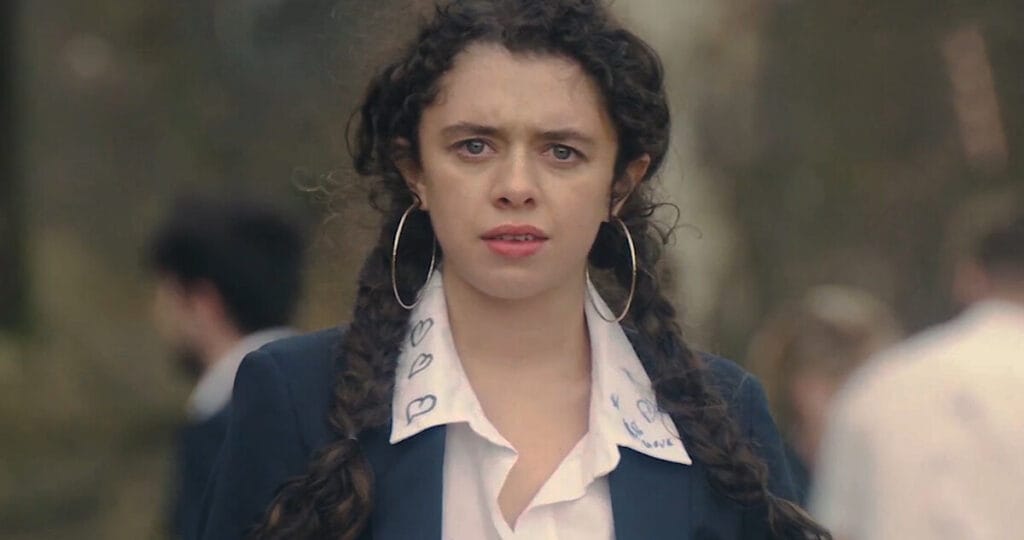


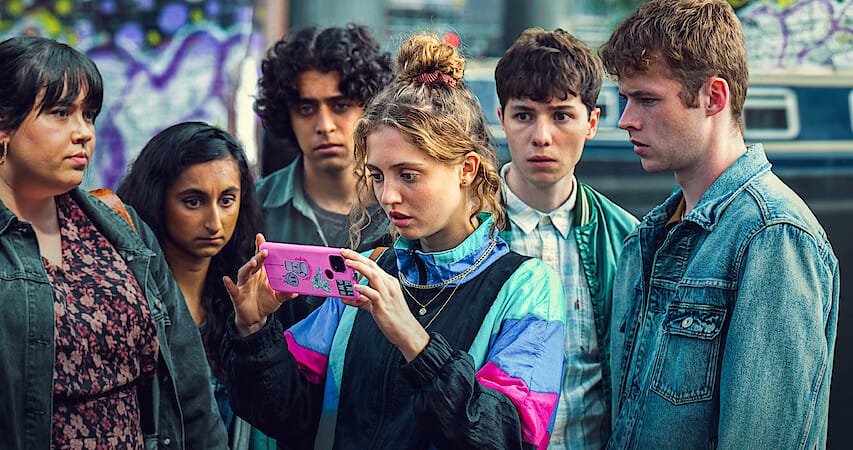
A Broader Allegory
At its core, Red Rose is more than just a ghost story for the digital age. It serves as a metaphor for the exploitative systems—be it technology, capitalism, or social hierarchies—that prey on the most vulnerable. The app’s dual nature, providing both help and harm, mirrors the false promises of technological and economic solutions that often exacerbate inequality.
The show’s political undercurrents are subtle but unmistakable. By juxtaposing the personal struggles of its characters with the omnipresent threat of the app, Red Rose invites viewers to consider the broader forces shaping their lives. In this sense, the app could be read as an allegory for late-stage capitalism, a system that gives with one hand while taking far more with the other.
The Road Ahead
With its compelling performances, sharp writing, and chilling premise, Red Rose has all the makings of a modern classic. The chemistry between Isis Hainsworth and Amelia Clarkson lends emotional depth to Rochelle and Wren’s tumultuous friendship, while the enigmatic nature of the app keeps audiences hooked. As the series progresses, the questions surrounding Red Rose’s origins and motives promise to deepen the intrigue.
Could Red Rose spawn a sequel, as hinted by the potential for a Yorkshire-set follow-up titled White Rose? Given the show’s rich blend of horror and commentary, the possibility is both tantalizing and deserved.
A Bold Tech Fright
Red Rose is a bold, unnerving exploration of how technology and societal pressures intersect to exploit human vulnerabilities. By grounding its supernatural horrors in relatable struggles, the series achieves a rare balance of entertainment and insight. Whether it’s a cautionary tale about our reliance on technology or a commentary on systemic inequalities, Red Rose leaves an indelible mark—and a lingering sense of unease.
